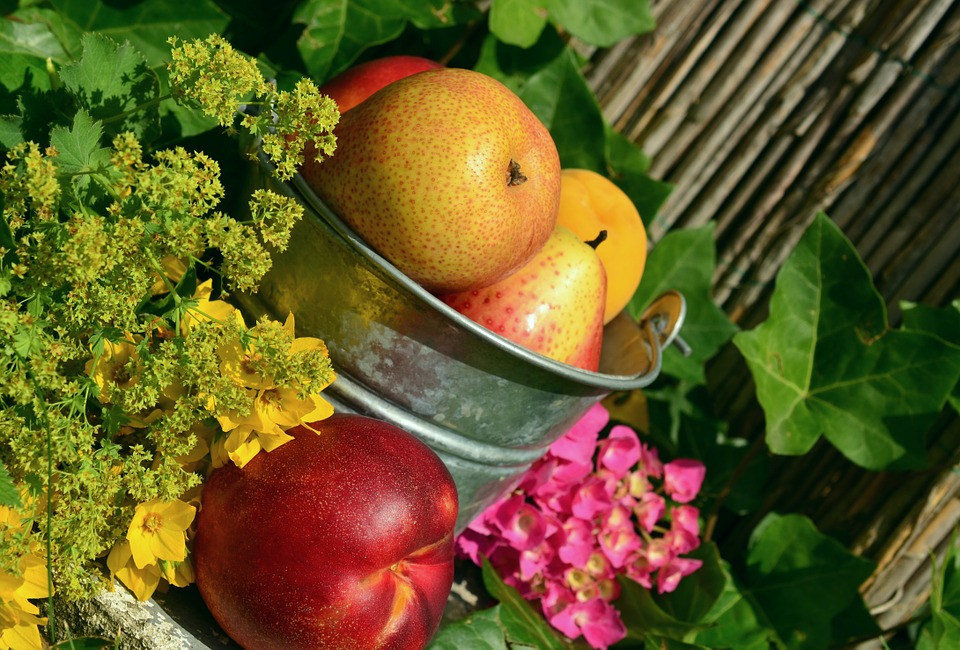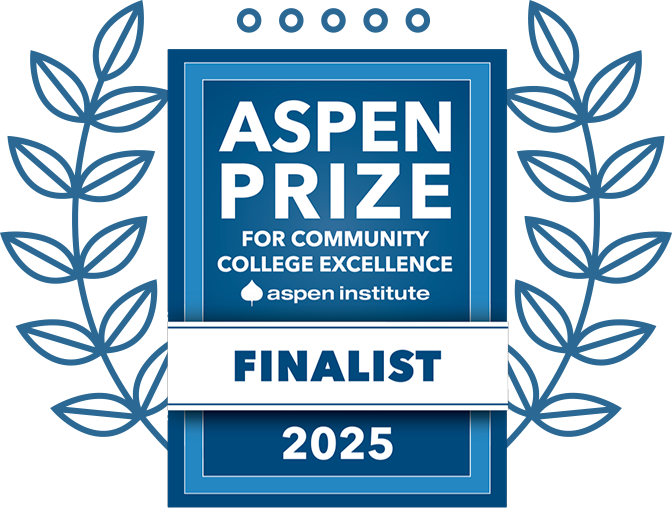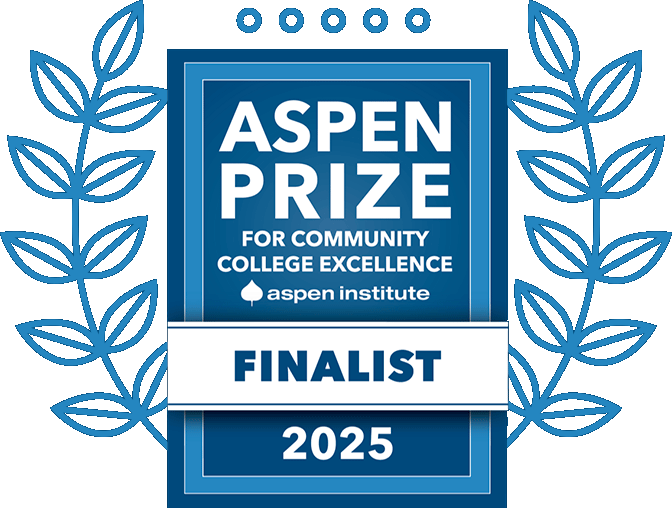GHC garden offers education opportunities, produce for students

The school garden and greenhouse at Georgia Highlands College’s Cartersville campus is killing two birds with one stone.
Since early 2016, the two gardening projects have been offering educational opportunities at GHC while also providing produce for students who are food-insecure.
“Educational gardens can serve as a focal point for active learning in the classroom across disciplines and opportunities for research amongst students and faculty,” said Dr. Gregory Ford, academic dean of natural sciences and physical education. “But beyond the classroom, school gardens can promote community within the college, address food insecurities for our students, build ties to the local community and foster relationships with local school systems.”
Ford defined food insecurity as a “state in which people are struggling to not starve.”
“Between 20 and 25 percent of all college students experience food insecurities, and the numbers are higher in this region of the country,” he said. “Also, many of the students I have encountered over my career have never grown anything in the ground and have never eaten anything they themselves have grown. My hope is that this garden will address both of these issues.”
The 16-by-16 greenhouse contains a tiered growing bed and a 4-by-8 raised bed and features an aquaponics system that has a 300-gallon structural-foam fish tank and two 4-by-4 growing beds made from an intermediate bulk container cut in half, Ford said.
“The tank features native fish and plants that we can source for our biology labs, including elodea aquatics plants,” he said.
Outside the greenhouse is an 8-by-16 area with a raised-bed garden and a 16-by-16 area with additional raised beds, potted plants and trees, he said.
In March, the biology faculty and staff and members of the Green Highlands student organization planted cucumbers, tomatoes, squash, zucchini, okra, green beans, snap peas, watermelon, carrots, peppers and potatoes as well as ornamental flowers to attract pollinators to the area, Ford said.
“We try to select produce people are familiar with from the grocery store that will also provide a good value,” he said. “For example, most people enjoy fresh green beans, but the average price, according to the USDA economic research service, is $2.14 per pound. We also want to inspire people to start their own gardens, so we try to pick vegetables that are relatively low maintenance and will produce a high yield in our students’ own backyards.”
In June alone, the garden generated 73 pounds of fresh produce for the college’s food bank, with the crookneck squash being the highest producer, he added.
Ford said building a school garden and greenhouse with an aquaponics system was one of the “strategic goals” he had when he interviewed for the dean’s position at the college.
“Coming from a farming family, I understand the benefits of this project for the college and the community,” he said. “After starting in the position, I met with local leaders in agriculture and food security, including Keep Bartow Beautiful, Bartow County Extension Agency and Greater Atlanta Pollinator Project, to develop partnerships to confirm we were addressing a need for the region. I also established a relationship with Green Highlands to make sure that they had a hand in this project. From the beginning, the vision was that this project would bridge college and community.”
Last year, the planning team found an ideal spot behind the academic building to plant the garden and build the greenhouse, according to Ford.
“This was a perfect location because it was a flat peninsula with no underground utilities, access to water, full sun, power and proper drainage,” he said. “Also, unfortunately, it is well-known that many school gardens fail within the first three years and become a bit of an eyesore. This location is isolated and not visible from Highway 41 or the building entrances, and therefore, I could ensure the administration that this would not become a blemish to our beautiful campus.”
Using Ford’s original design, a team led by assistant professor of biology Jason Christian built the greenhouse, and associate professor of biology Dr. Jackie Belwood, who established the college’s pollinator garden, planned the raised beds outside the greenhouse.
Laboratory Coordinator Joseph Collins manages the greenhouse and handles the planting strategy, maintenance and harvesting.
“We originally planted the garden last March [2016] during construction to test soil quality and determine what would grow best in the space to have a significant yield,” Ford said. “We also needed to determine how to make sure pollinators could access the greenhouse and if they would, if the plants inside could thrive. Finally, we needed to establish a solid management plan and sustainability plan.”
Everything that was planted was either purchased by the division of natural science and physical education or donated by faculty and staff, including President Dr. Don Green, who donated two lemon trees, he added.
The garden will be a year-round project, according to Ford.
“We will grow seasonal vegetables and focus on soil quality, which is sometimes neglected in gardening,” he said. “We will do soil-quality testing and supplement with composted materials and natural amenities. Composting is another aspect of the garden experience. The aquaponics will serve as a year-round research project focusing on sustainability with local fish.”
In the fall, gardeners will plant broccoli, carrots, winter squash, lettuce, spinach and kale and “continue to grow some of our warm-weather crops inside the greenhouse into the winter,” he added.
Ford said there has been “a lot of buzz around the campus from students, faculty and staff since we began construction a year and a half ago.”
“Green Highlands is excited to begin working with us once we officially open the greenhouse,” he said. “This interview actually serves as the introduction of our greenhouse and gardening program to the community. We plan to have an official launch at the beginning of the fall semester.”
So far, the project is “going very well,” in Ford’s opinion.
“It is important to take your time and get all the infrastructure in place when establishing an educational greenhouse to ensure its success,” he said. “You must have a support system and a long-term sustainability plan in place as well. We have established our leadership team and management plan under Mr. Collins, and we have gone through a full-year growing cycle. We have had failures and successes and learned from each. We are confident that our fall 2017 launch is on schedule.”
Ford already has a list of future goals for the project, including expanding to the Floyd campus, offering workshops to the community and collaborating with local school systems that have or are interested in establishing school gardens.
“Ultimately, I envision securing grant funding and private-sector funding to construct a state-of-the-art educational greenhouse with zoned climate control so that we can conduct research on plant production and plant yield on a year-round basis,” he said. “We would also study pollinations and relationships between native fish and native plants. This will be a focal point for education, community outreach and establishing learning communities with our local school systems.”


